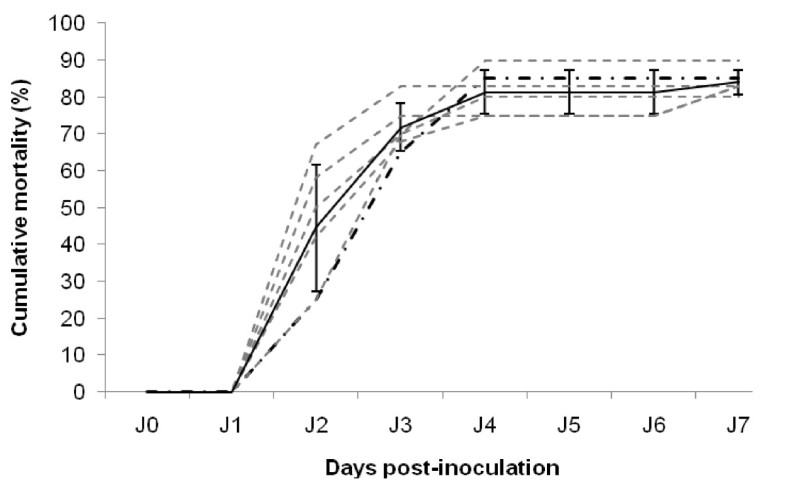


Cameron of Tasmania has been sold to Port Lincolns Yumbah Aquaculture. Posted Thu at 4:49am Thursday at 4:49am Thu at 4:49am. ABC Rural / By Fiona Breen and Brooke Neindorf. Oyster Mortality In addition to reduction in actual set as compared with set on test shells, spat mortalities can be shown to play a major role in further. Annual averages for the three methods were within 5 percentage points of each other. Tasmanian oyster grower sells business to South Australian hatchery. Finally, we compared total box-count and cumulative-mortality estimates with those made using the disarticulation data. Disarticulation rates increased with decreasing size, and increasing salinity and temperature. These experiments demonstrate that high water. , an indicator of annual mortality rates of post-spat stage oysters calculated from the 43 Disease Bar subset the Biomass Index, which measures the number and weight of oysters from the 43 Disease Bar subset relative to the 1993 baseline and the Cultch Index, a measure of habitat at the 53 Spat Intensity Index bars. Disarticulation time depended on the length of exposure at summer temperatures, with the average time to 50% disarticulation for boxes deployed in spring and in summer being 225 and 345 days, respectively. In higher salinity tanks (15), only market-sized oysters held at 32 oC experienced significant mortality (>60). We also estimated disarticulation rates of artificially created boxes by deploying them at three seasons and eight sites in Delaware Bay. The experimental design of these studies, however, did not allow researchers to disentangle the effect of selection on resistance and age.
#Oyster spat mortality rate series#
temperature on spat, seed, and market-sized oyster mortality. A series of studies have reported that POMS-induced mortality rates are lower in adult oysters than in spat and juvenile oysters (13, 20, 79). Nevertheless, total box-count mortality estimates made during autumn stock surveys were significantly correlated with cumulative mortalities calculated for the preceding year. and growth and mortality of oysters exposed to varying salinity regimes in the field were. Response to selection for survival and its influence on growth and yield.
#Oyster spat mortality rate trial#
Although, this was symptomatic of the low spatfall and high mortality rate in the trial location and the wider Blackwater and Colne estuaries in 2020 and was not isolated to our discs. Summer mortality of hatchery-produced Pacific oyster spat (Crassostrea gigas). Correspondence was much weaker on natural beds, where new individuals constantly recruited to the population and variable numbers of boxes were always present. The project aims to collect oyster spat in an innovative way, from traditional bed reared oysters. Larval and young spat stages of the Pacific oyster (Crassostrea gigas). When deaths predominated in late summer and early autumn, the two estimates were similar throughout the following year when mortality was greatest in spring or early summer, the estimates were similar only through autumn of the same year. and has a lower mortality rate (Bougrier et al., 1986 Soletchnik et al., 2002). This situation is analogous to an artificially created reef with oysters either deployed or naturally set on it. Box-count and cumulative-mortality patterns and values agreed best on grounds with planted oysters, where a cohort with very few dead oysters was broadcast on previously cleaned bottom and was followed over time. Regardless of temperature, seed and market oysters held in low salinity tanks (salinity 1) experienced 100 mortality within 7 days. Of the two diseases, mortality is generally higher with MSX, which killed most of the oysters larger than 2 inches (51 mm) in higher-salinity waters (>15. To evaluate methods for calculating mortality in bivalve molluscs, we analyzed historical data from dredge surveys of both planted and natural oyster (Crassostrea virginica) grounds in Delaware Bay to compare total box-count mortality estimates with those made by accumulating short-term mortality rates obtained from fresh boxes identified by shell condition and degree of fouling. The survival rate of seed oysters was over 80 for all storage treatments in months 1-5 however, survival rates dropped in the oysters that were maintained in.


 0 kommentar(er)
0 kommentar(er)
